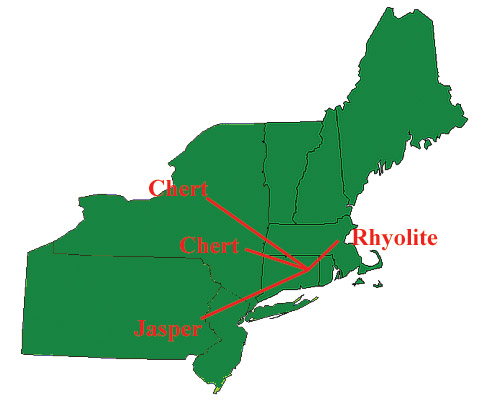
A total of 976 artifacts were found at the Districtís sites. Prehistoric stone (or lithic) artifacts were by far the most common, making up about 80% of all finds. Historic ceramics represent the next most common class of finds, but these make up only 7% of all materials recovered. Most of the historic artifacts date to the 19th century and most likely represent refuse-disposal or manuring associated with nearby farms.
Most of the stone artifacts (661) represent waste material (or debitage) discarded during the manufacture of stone tools. Such artifacts are very common at prehistoric sites where stone tools were manufactured and re-sharpened. The manufacture of a single tool might result in the production of hundreds of small flakes of stone.
Nearly 100 stone tool fragments were also found. Over half of these are projectile point fragments or unfinished tools that were probably meant to be made into projectile points or knives. Thirty-two of the tools found represent scrapers and similar fragments of reworked flakes. These general-purpose tools were likely used for a variety of tool-manufacturing and food-processing tasks. Some other interesting artifacts include a partially finished spear-thrower (atlatl) weight, a paint stone of red

|
| Location of lithic materials in relation to Canterbury, Connecticut |
In addition to stone tools and debitage, several pieces of Native American pottery were found at two of the sites. Pottery was first made in southern New England around 3,000 years ago and remained an important part of food preparation until European trade goods became widely available in the late 1600s.
A single charcoal-flecked soil stain (a feature) was noted during the excavation of one of the sites. The soil stain, radiocarbon-dated to approximately 750 years ago, is likely the remnants of a small cooking hearth.
Click the thumbnails below for a better look at some of the district's artifacts.
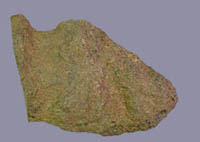
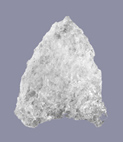
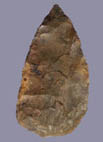
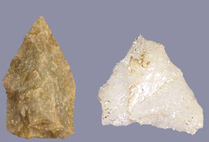 |
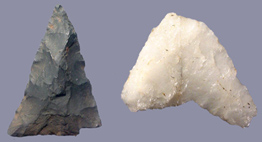

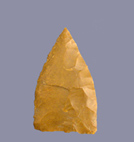
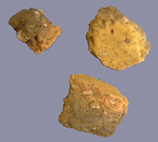 |